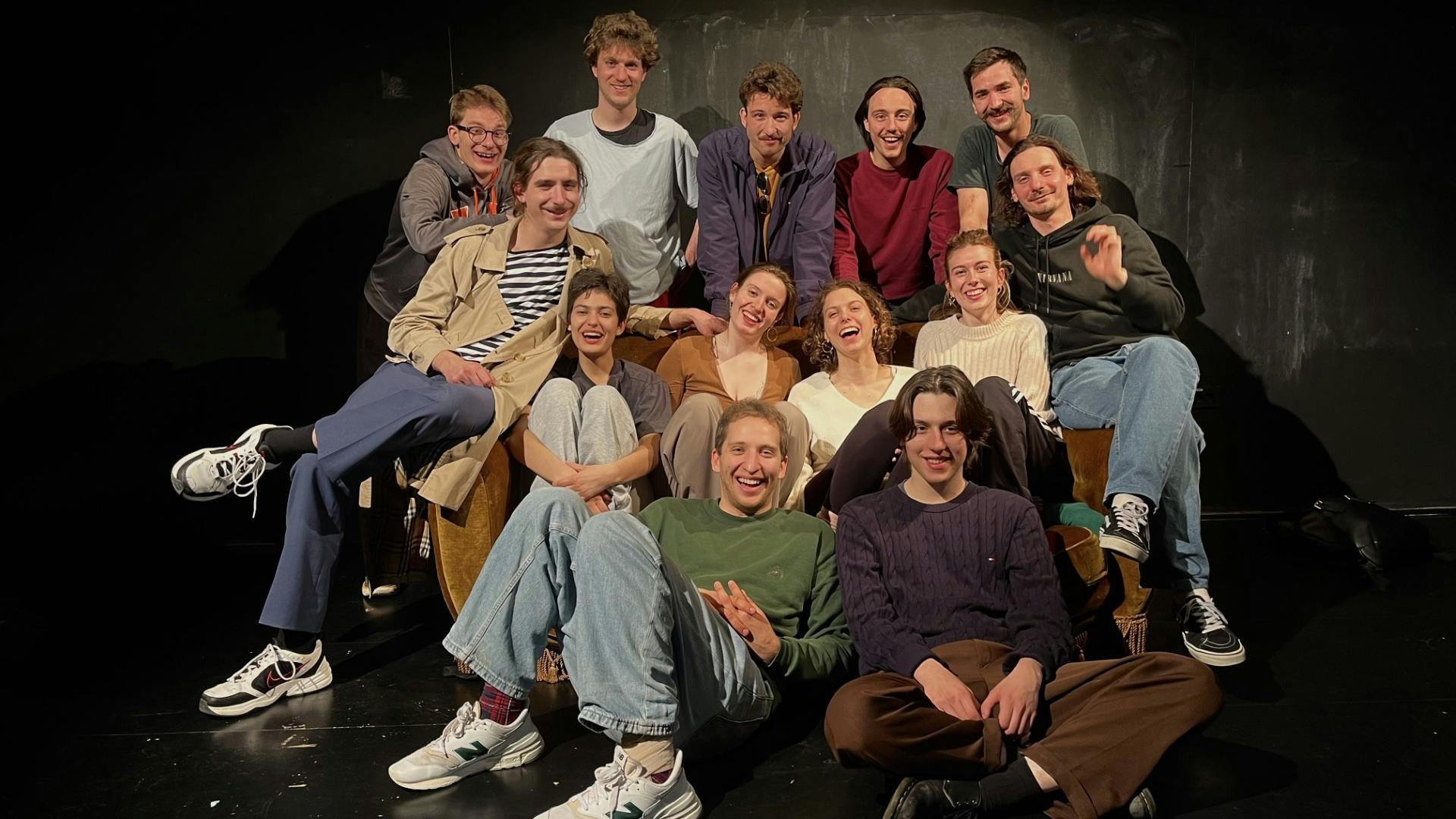A Collage of Scenes From H. Ibsen and A. Strindberg

17:30
Presale price: 5 €
Regular price: 5 €
Henrik Ibsen: The Wild Duck [Vildanden], A Doll’s House [Et dukkehjem], Ghosts [Gengangere], An Enemy of the People [En folkefiende], Peer Gynt, Hedda Gabler
August Strindberg: The Stronger [Den starkare], Miss Julie [Fröken Julie], The Ghost Sonata [Spöksonaten], The Father [Fadren]
Running time 2 hours 45 minutes, one intermission.
Directors Lucas Carboni Kopše, Luka Ravnik
Dramaturgs Tilen Oblak, Maruša Freya Voglar
Set designers Lucas Carboni Kopše, Luka Ravnik
Cast
Brina Rakun, Ivan Vastl, Borut Petrovič, Filip Žunič, Matic Žust Šprah, Špela Lovrec, Mila Peršin, Jaša Savnik, Nace Korošec, Ela Potočnik, Robert Kladnik
Mentors
for stage acting and theatre directing prof. Nataša Barbara Gračner, prof. mag. Sebastijan Horvat
for dramaturgy prof. dr. Aldo Milohnić
for set design prof. mag. Jasna Vastl
for costume design doc. mag. Tina Kolenik, asist. Nina Čehovin
for language and speech doc. dr. Nina Žavbi, asist. Martin Vrtačnik
Two giants of Scandinavian drama, Henrik Ibsen and August Strindberg, marked the development of Naturalism and profoundly transformed the stage of the modern era. Their work transcends stylistic labels: Ibsen’s early work still exhibits traits of late Romanticism, while Strindberg, in his late period, openly flirts with Symbolism. They both tell their stories through the eyes of the everyman – in the time when, for the first time in history, the middle class was truly forming and new scientific discoveries were shaking the existing understanding of the world to the core. As if humans suddenly no longer had any control over anything.
Their relationship was no less dramatic. They hated each other. Ibsen had a picture of Strindberg hanging in his office to relish in his opponent’s glare while writing. Strindberg launched vitriolic attacks on Ibsen and even accused him of plagiarism.
How could they, in the same era, create art so similar – but from completely different starting points? Ibsen, with his subtle preciseness, exposes the darkest nooks of the human psyche, while Strindberg takes the intimacy, emotions and voyeurism a step further. Some of their stories could easily be transposed to the modern time, some are timeless just the way they are and some defy any kind of categorisation. But perhaps it is playing with the language, visual expression and narrative structures that can help us discover something new in these so often interpreted works.